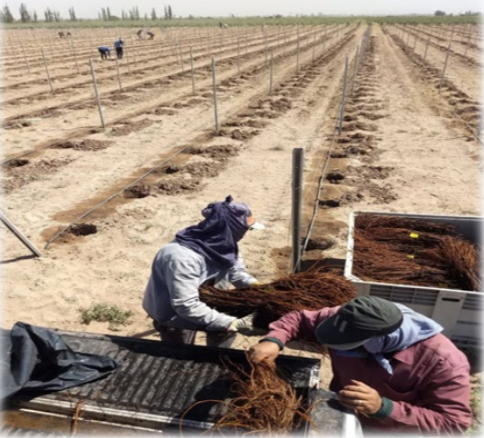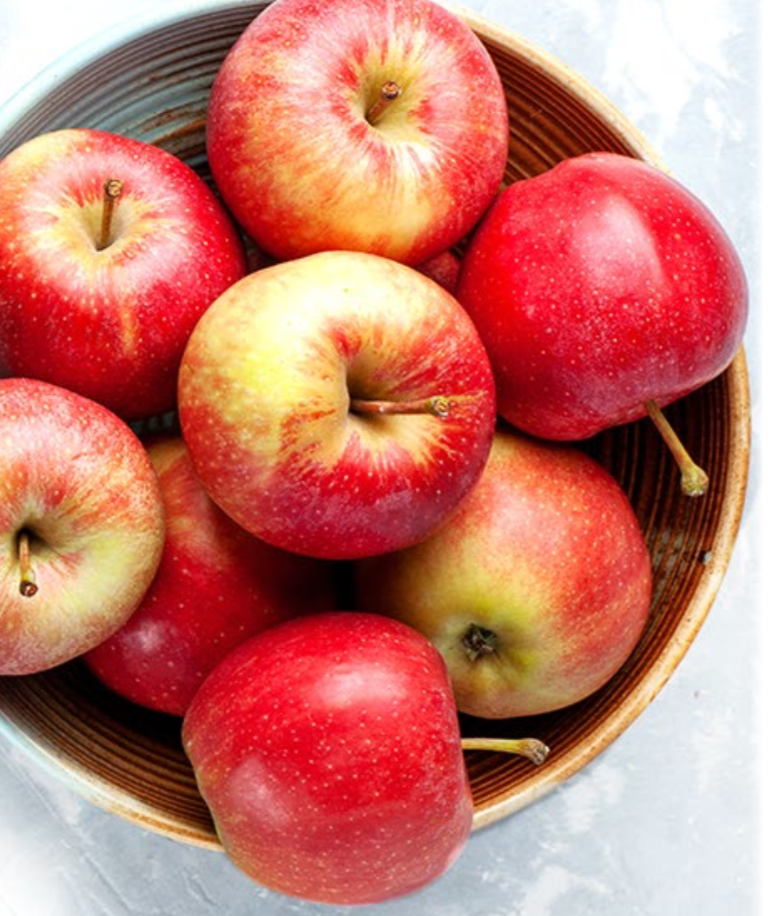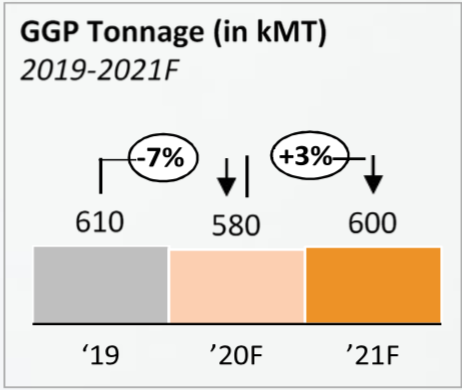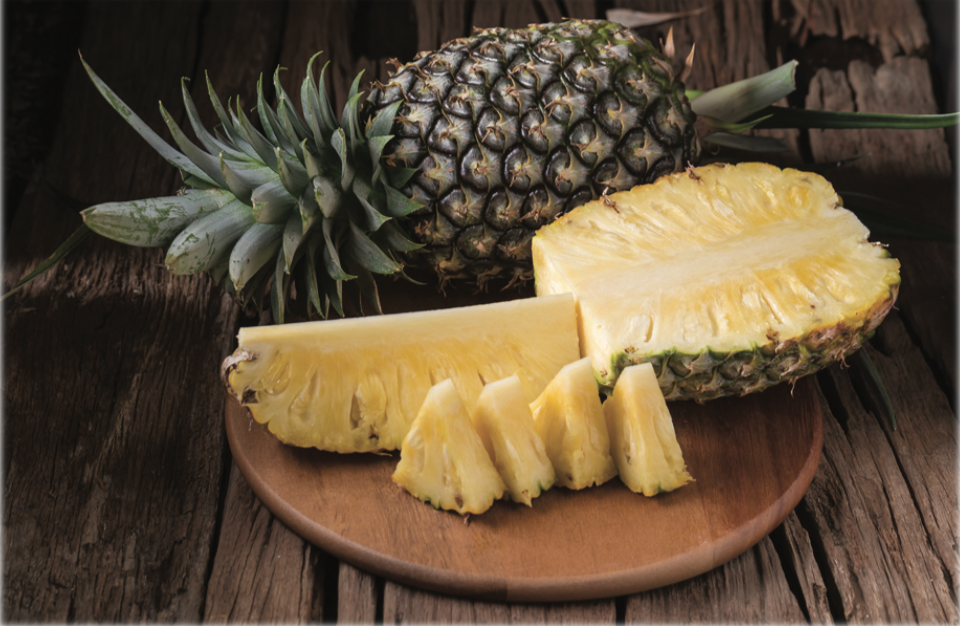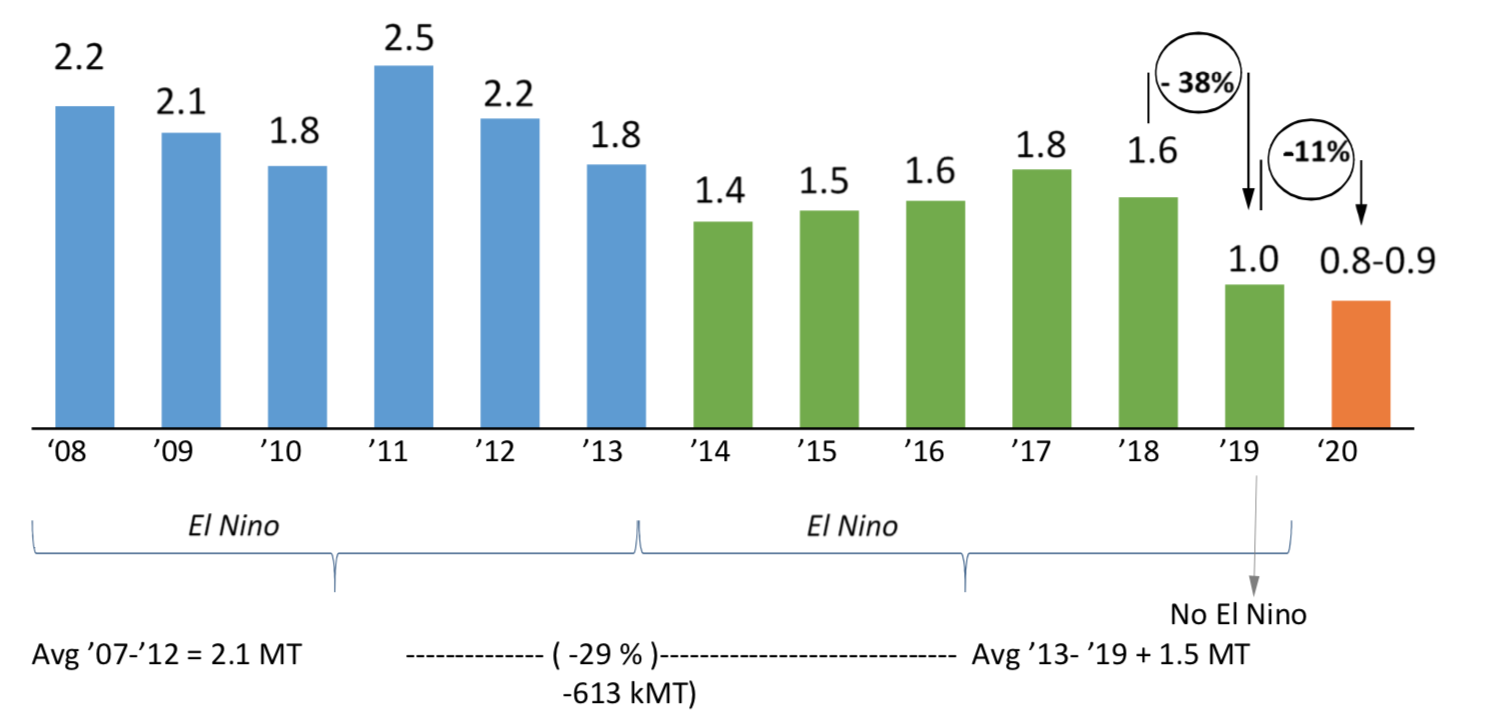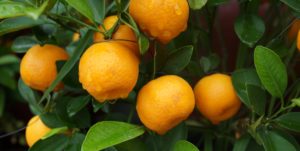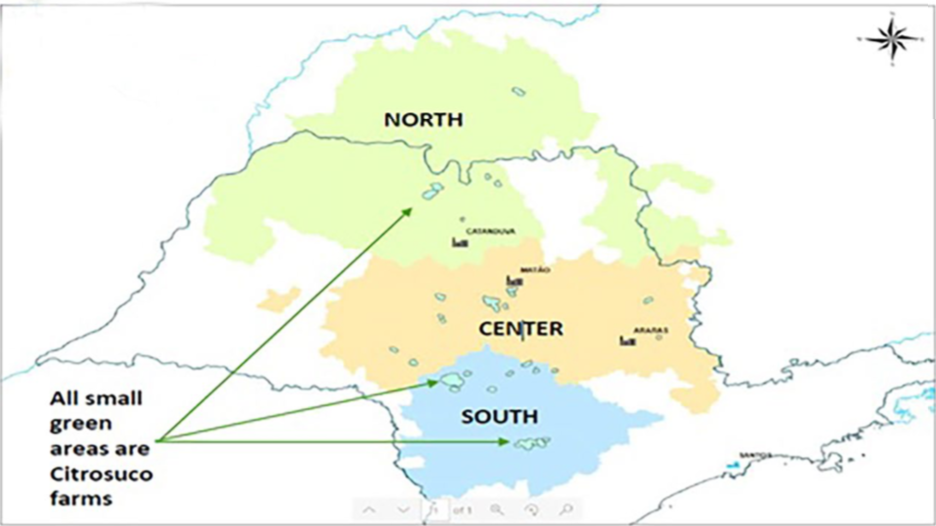Europe
• The European apple season has almost come to an end with production volumes reduced over last year which is contrary to earlier expectations announced prior to the crop harvest.
• The crop in Hungary (the second largest apple producer in Europe) has been a disaster resulting in significantly less volumes of apple concentrate from Europe.
• With the Euro remaining strong against the USD than previous contracts (Nov 2019 and Jan 2020) this is creating a higher USD price level.
China
• The 2020 Chinese apple crop is very short compared to the 2019 crop. As a result, the Chinese apple prices have increased by 6% over 2019.
• Starting with early Gala apple varieties, the prices this season have been constantly rising – especially in later on in the purchasing season.
• Although Chinese exports are poor this year, e-commerce channels have broadened sales opportunities and driven prices upwards. Higher prices seen this year are mainly a result of the significantly lower production in the northwest producing areas which has led buyers to competing for supplies and place orders whenever supply is available.
• The high prices in Northwest China also put upwards pressure on the apple market across China. On the other hand, the quality of this year’s crop is not as good as last year – the size of apples are small and there are many cases of spots caused by hail and oxidation (apple rust) leading to a scarcity of high-quality supply.
• In addition, sales during the National Day and Mid-Autumn Festival holidays were good. Some futures dealers went directly to the place of origin to purchase goods which also boosted purchasing prices.
• It is estimated that China has now passed the ceiling prices for this year and prices may fall in the coming months.

